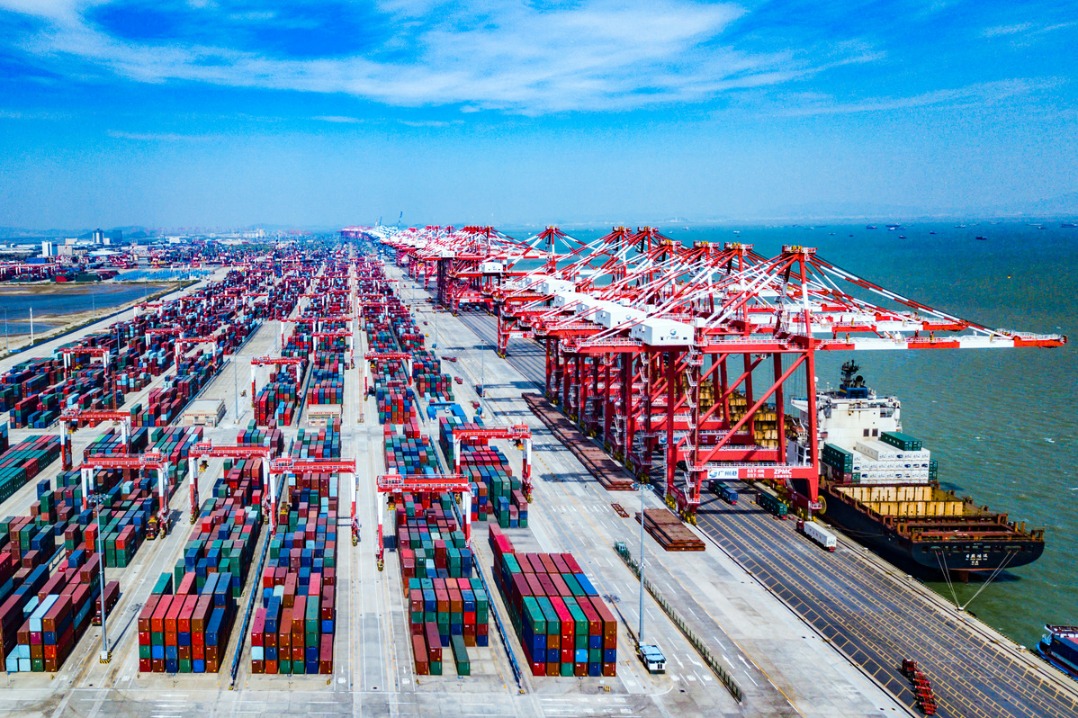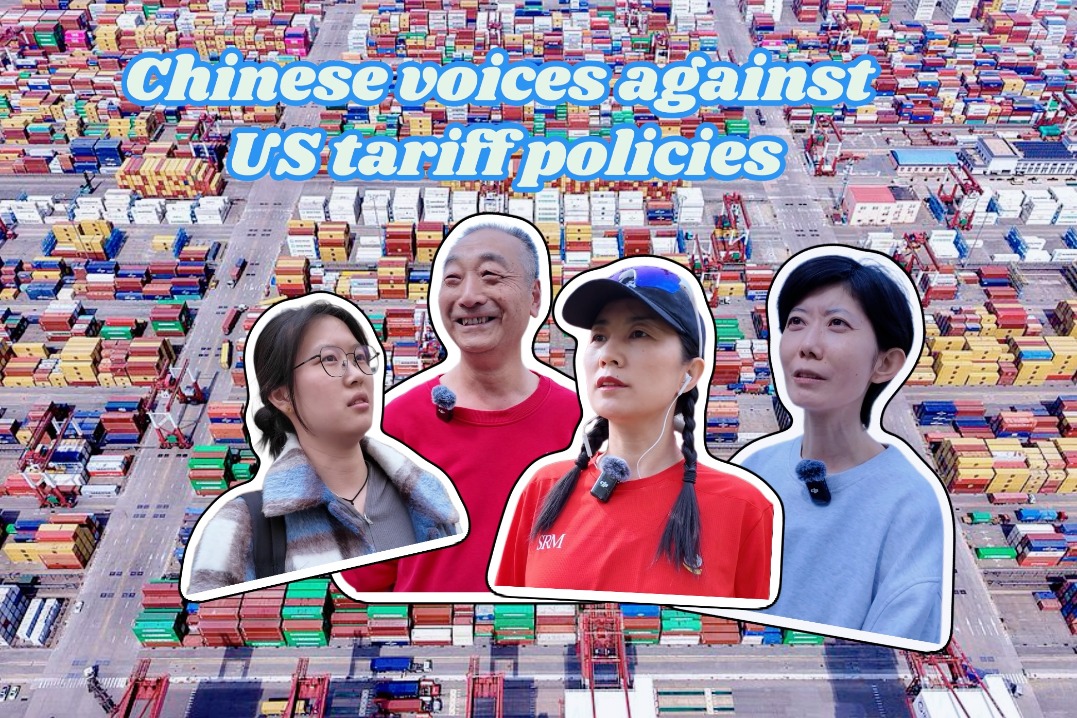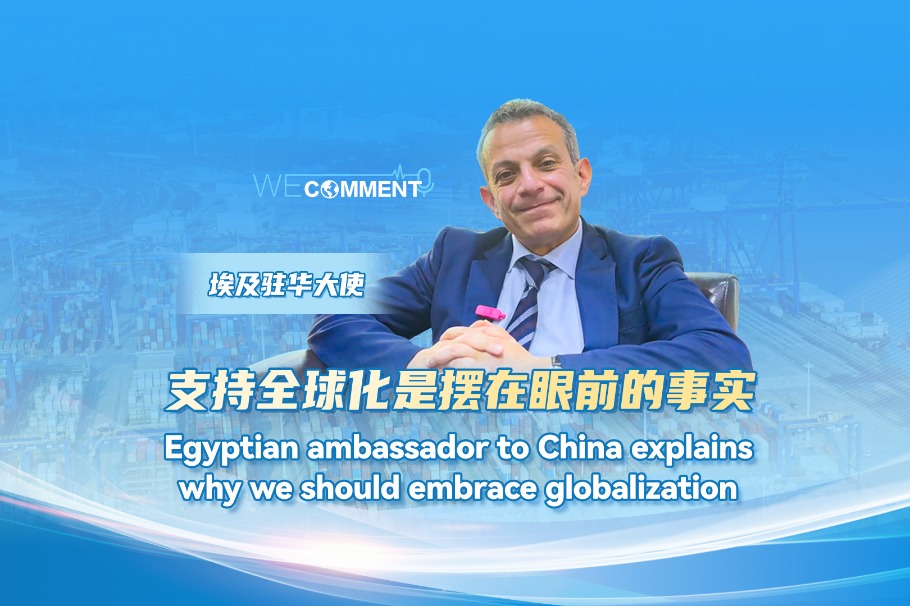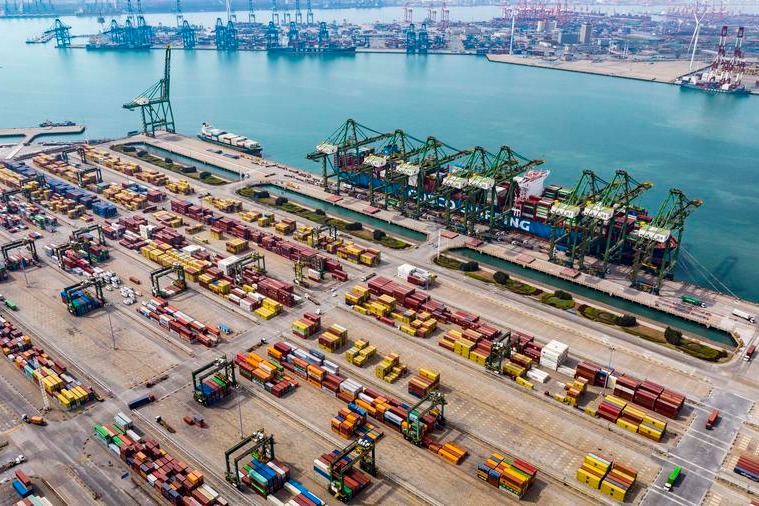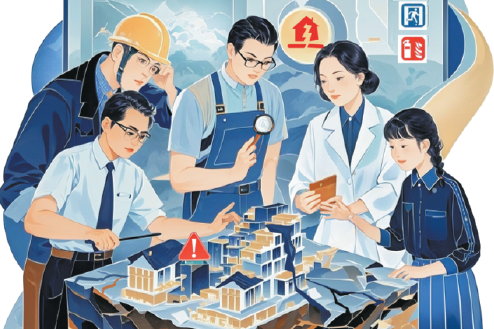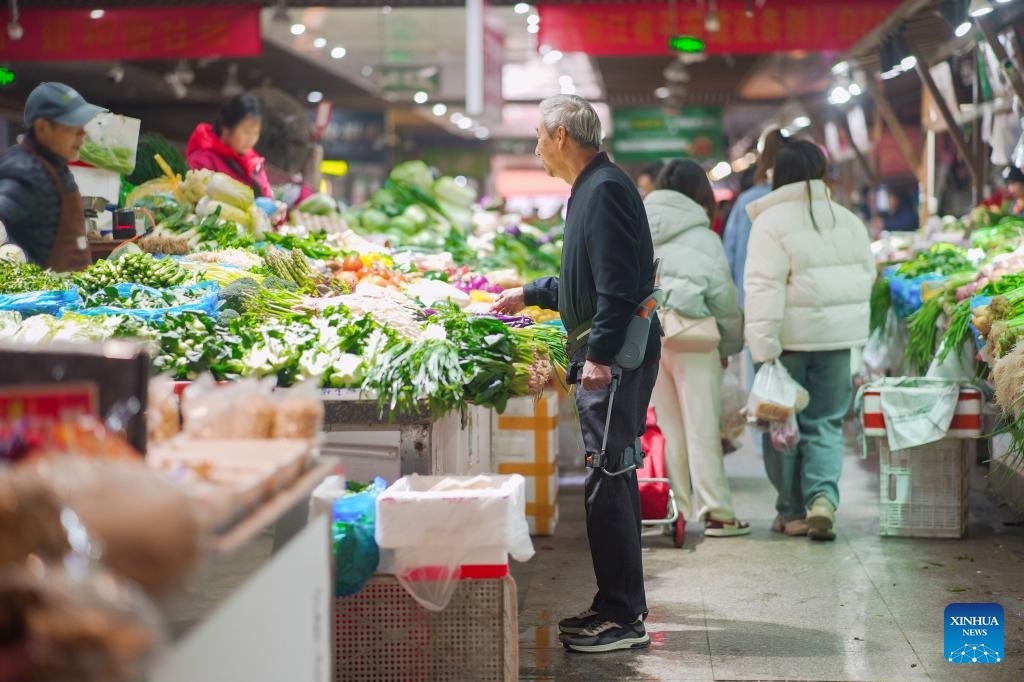Regional countries should build and protect a neighborhood community with shared future: China Daily editorial

As a testament to the bitter lessons learned from experience, Southeast Asian nations emphasize the importance of upholding peace and stability. However, external forces have been intensifying their efforts to introduce bloc confrontation and geopolitical conflicts into the region.
The United States, constrained by a zero-sum mindset entrenched in history, is the ringleader in these endeavors, seeking to sow discord by exploiting territorial disputes between China and certain members of the Association of Southeast Asian Nations. This unsettling trend appears set to continue, as the US administration is employing tariffs to pressure countries into aligning with objectives beyond trade, primarily focused on containing China. Notably, among the 10 countries most affected by tariffs, five are ASEAN members, from whom the US administration will undoubtedly seek commitments to its agenda.
But under the guidance of Xi Jinping Thought on Diplomacy and the direction of heads of state diplomacy, China-ASEAN relations are a vivid illustration of China's commitment to the principles of amity, sincerity, mutual benefit and inclusiveness in its neighborhood diplomacy and its commitment to help build a neighborhood community with a shared future.
Over the years since that manifestation of the common good was first proposed, the political mutual trust and convergence of interests between China and its neighbors have continued to deepen. China has reached common understanding with 17 neighboring countries on the building of a community with a shared future, signed agreements on Belt and Road cooperation with 25 neighboring countries and become the top trading partner of 18 countries in its neighborhood.
In the process, China has formed a pragmatic and efficient framework for its neighborhood work and accumulated rich experience with which to cultivate stronger bonds of understanding and friendship, viewing the neighborhood as the "foundation" for its development and prosperity, the "priority" for its overall diplomacy and the "crux" of the building of a community with a shared future for mankind.
Analyzing the new situation of China's external development environment, adapting the experience of its neighborhood work to the new changes, and setting the key missions, thinking and policy paths to that end were the main agenda of a two-day central conference on work related to neighboring countries that wrapped up in Beijing on Wednesday.
Despite neighborhood diplomacy being one of the pillars of China's overall diplomacy and its relations with its neighbors being "at the best level they have been in modern history", the conference noted that it is now at "a pivotal stage" as it is deeply intertwined with shifts in regional dynamics and global developments. That explains why the conference called on relevant departments to "view China's surrounding areas from a global perspective and strengthen their sense of responsibility and mission" in advancing the country's neighborhood diplomacy.
In particular, the conference proposed that the work of neighborhood diplomacy should be based on the common vision of building a common home of peace, tranquility, prosperity, beauty and friendship, and uphold the Asian values of peace, cooperation, openness and inclusiveness, with the high-quality advancement of the Belt and Road Initiative as the main platform to engage all neighboring countries in the joint endeavor to create a better future for the region.
Harmony is key to a prosperous family. As Foreign Ministry spokesperson Lin Jian said, as a member of the Asian family, China will continue to jointly pursue reciprocity, mutual benefit, openness and inclusiveness with neighboring countries with friendliness and sincerity. It will work to consolidate strategic mutual trust with neighboring countries, support regional countries in adhering to their own development paths, build a high-level interconnected network, and strengthen industry and supply chains cooperation.
To better unleash the potential of the region, all countries in the neighborhood need to jointly maintain regional stability, carry out security and law enforcement cooperation, and respond to various risks and challenges, while advancing exchanges and facilitating personnel exchanges.
By contributing to and being rooted in the neighborhood, China aims to ensure that more Asian people benefit from its development dividends, and inject more stability into and bring more hope for the world with the realization of an Asian community with a shared future.
















